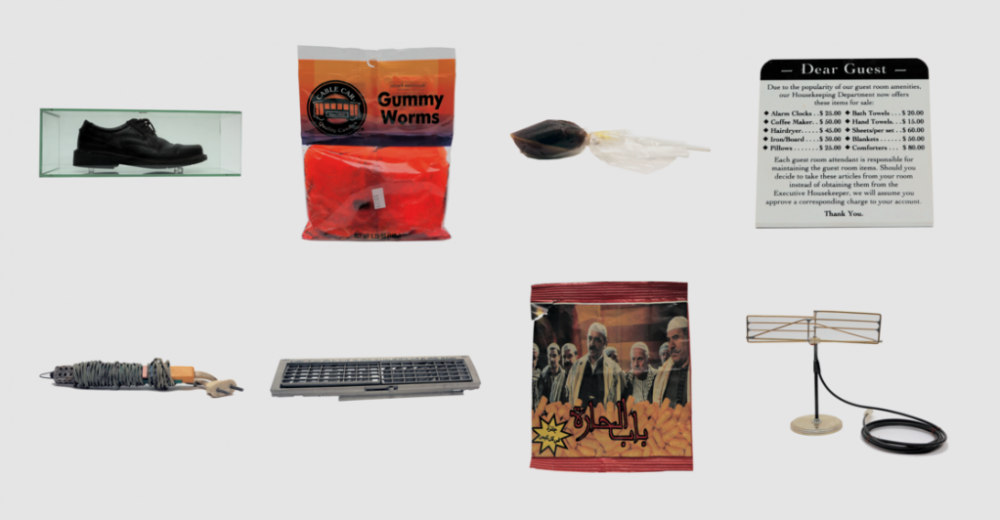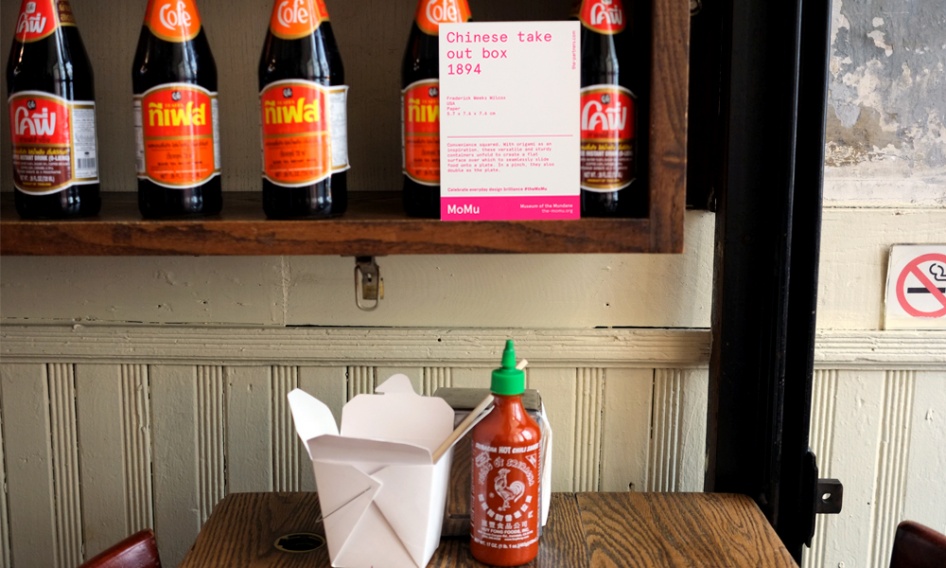Everyday Museums
Posted June 6, 2014

In general, the museum, as an institution, is in a state of growing pains. There is a crucial turn that institutions must make to adapt to the growing changes in technology and audience participation habits. Museums are trying to invigorate their collections with immersive activities and technologies. While these efforts are gaining a good deal of interest in the press, are they really changing the museum for the better; transforming it into a place to be once again.
Glossing over the controversy between the museum’s role as a place of preservation, education, community, or interaction, innovation in museum-ology is taking place everyday. But not necessarily at the large institutions. I want to take a moment and point out two such examples. Both of these are in New York and they both take the museum in miniature as their departure point. And the focus of their “collections” are the mundane, the everyday, the curious, the overlooked, and the fascinatingly banal.
The Museum of the Mundane (MoMu) was created by a branding agency to coincide with NYCxDesign 2014, the New York City design week. It is not a museum in the sense that it is a place or a pop-up shop that houses things. It is an effort to point out things in our everyday life and use colloquial museum methods to give new meaning to these things we use on a daily basis. To achieve such a lofty goal, they simply put museum placards around the neighborhoods of SOHO and NoLita next to items that are, well, mundane.
These placards give a micro-history of the item in question. For example, the placard for the Chinese Take Out Box states the following:
Chinese take out box, 1894
Frederick Weeks Wilcox
USA
Paper
5.7 x 7.6 x 7.6 cm
Convenience squared. With origami as an inspiration, these versatile and sturdy containers unfold to create a flat surface over which to seamlessly slide food onto a plate. In a pinch, they also double as the plate.

Maybe we aren’t very concerned with the history of the Take Out Box, but the essence of museum language and data is there. History, creator, date, material, and an interpretation on the meaning (in the branding language: Convenience Squared). These small city-based installations do what the museum does: it creates a pause in which we can contemplate ourselves alongside the objects of our material culture.
The next example is also from New York and it takes the miniature as its modus operandi. Known as Mmuseumm, this tiny installation is 60 square feet in Lower Manhattan’s Chinatown, residing in the confines of an old elevator shaft. The items in the collection of this museum are ordinary, but each of them has a story. In a sense, the display of the objects is just a medium for storytelling, and it works to attract listeners and viewers from all over. Visitors to Mmuseumm use their phones to call numbers for the descriptions and stories or each object. The space even has a small cafe: a cappuccino vending machine in one corner of the shaft.
The space is almost invisible, as are the items that it holds in terms of history of material culture. It is open 24 hours a day via a slit in the space’s doors, and is fully open on the weekends because of a rotating staff of volunteers. According to the founders of the Mmuseumm, the goal is to celebrate the beauty of everyday objects and the stories behind them. The collection holds bizarre and ordinary things. The shoe that was thrown at George W. Bush by an Iraqi reporter is on display. Fake vomit, interesting toothpaste tubes, and bullet proof backpacks with Disney themes are some other items in the collection.
This tiny museum, dedicated to the design of everyday, quirky or interesting objects and the stories behind them take both education and preservation as its goal. And these are the historical tenants of the museum as place. The desire in the public for the bizarre, the unique, and innovations in presentation have propelled this museum’s success. So a ready audience for their show is at hand. The founders are planning an expansion in the coming year into an adjacent elevator shaft.
Both of these examples can be useful to larger institutions. Innovation in presentation, innovation in the way that items are curated, both of these can reinvigorate an institutions collections and audience experience. And experience is at the heart of the museum. Whether it is walking down the street and seeing a placard on a chain link fence (MoMu), or calling a number in Chinatown to hear about censured Saudi Arabian pool toys (Mmuseumm), the essence of the experience is the same: an interaction with items that make us who we are as a society.
Museums are places where we go for inspiration, education, distraction, amusement, and to meet with a community. The ways in which those principles can be applied are endless.


Join The Conversation